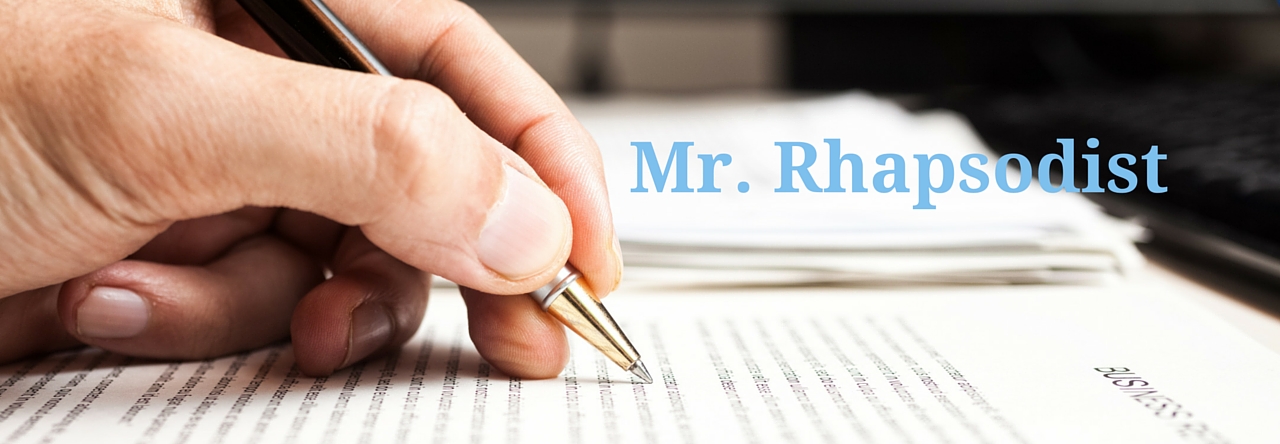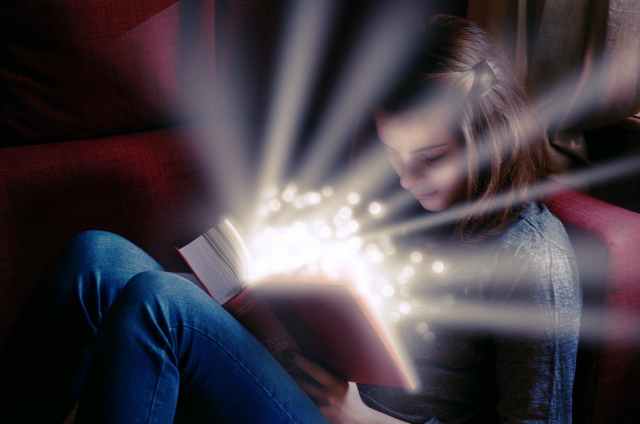It’s the end of the year and, for me, it’s been a very interesting experience. I’ve served as a polling place worker in my local voting precinct, I volunteered with VoteRiders on getting their message out, I’ve made plenty of new friends, and I made some big strides against my long-term depression.
So, as 2018 draws to a close, I’d like to offer a spotlight on some of the people I’ve come to follow and appreciate on sites like WordPress, Twitter, and YouTube. In particular, I’d like to talk about the amazing women I’ve come to follow, whose insight into their personal and professional lives always give me something new to appreciate about the world.
1. Nicole Cliffe
For the brief, beautiful window of when it existed, I was a huge fan of the website The Toast. It was because of that site that I got to appreciate the work of writers like Danny Mallory Ortberg and Nicole Cliffe. I follow both on Twitter, but Nicole gets special mention here because of her work as the “Care and Feeding” advice columnist on Slate and her great, funny, and insightful commentary on random Reddit threads like r/AITA. She is a voice for human dignity and caring families that we need to hear now.
Nicole can be found on Twitter and Slate.
2. Gennifer Hutchison
It’s not a secret among people who know me that I adore the TV shows Breaking Bad and Better Call Saul. The latter is about the only thing that keeps me coming back to watch cable TV anymore. And that show’s quality is thanks in no small part to the work of staff writers like Gennifer Hutchison. In particular, I enjoy following her on Twitter, where she talks about everything from her show to tips for first-time screenwriters to personal stories and thoughts.
Gennifer can be found on Twitter. Her current show, Better Call Saul, can be found on AMC.
3. Jourdain Searles
If you want film criticism from a perspective worth hearing, why try Jourdain Searles? I got into her once I learned she was dating Kyle Kallgren, a longtime favorite video essayist of mine on YouTube. Jourdain offers a healthy new look at movies, culture, and the world outside of the mainstream (i.e., white) lens.
Jourdain can be found on Twitter, Contently, and her website.
4. Jess Phoenix
I live in California’s 25th Congressional District, and I’m proud that my current representative-elect is Katie Kill. However, in the June 2018 primary, I voted for another candidate: Jess Phoenix.
Jess is a model for the kind of candidates for office we need right now. She’s a trained geologist with an active study of volcanoes, whose work on climate change inspires her to campaign on new energy solutions and other progressive ideals. I’m proud to have voted for her, and I hope that you’ll find inspiration in both her work on volcanology and her political commentary.
Jess can be found on Twitter, Facebook, and her website.
5. Shannon Coulter
If you don’t know Shannon Coulter, you might know about her handiwork. She’s a political activist who launched the #GrabYourWallet movement, which listed retailers and boycotted them for carrying or supporting any Trump Organization products. She also created a Web portal that allowed people to split their donations across several tight Democratic races for Congress this year. Her work is amazing, and I think she’s also great for putting a spotlight on other voices we need to hear.
Shannon can be found on Twitter, Medium, and the #GrabYourWallet site.
Honorary Mention: Jenny Holmquist
Jenny might not sound as familiar to you, but she’s a friend of mine from college (Go LMU Lions!). I’ve always liked her content, whether it’s gushing about fandoms she enjoys or getting real about her life’s milestones. She’s big into cosplay, and she’s also (at the time of this writing) an expectant mother! What’s not to love?
Jenny can be found on Twitter, YouTube, Twitch, and her website.
Thank you all for reading. Happy Holidays, Happy New Year, and may we all meet again for a positive start in 2019!




